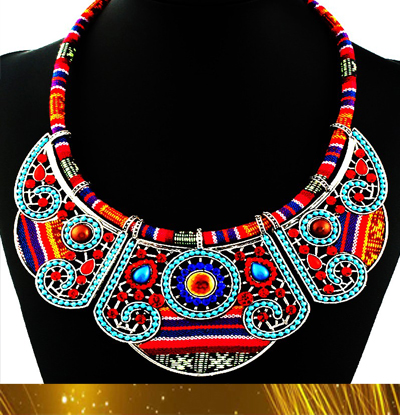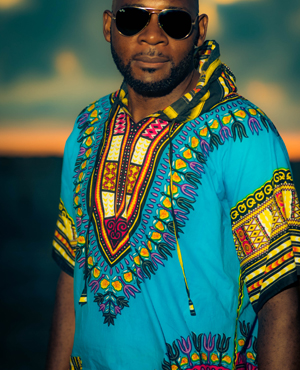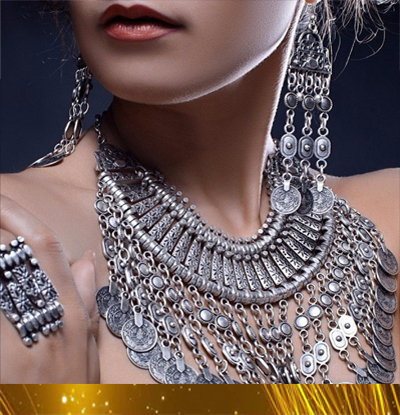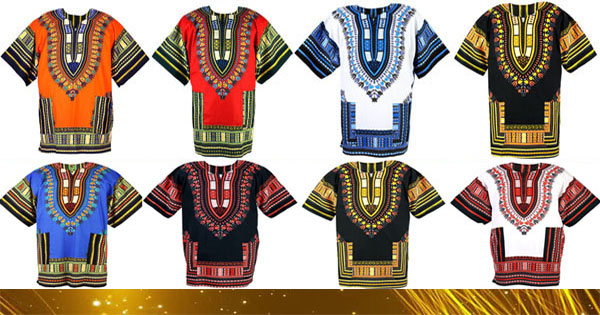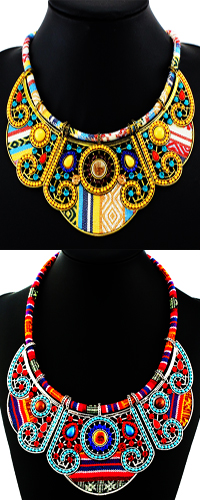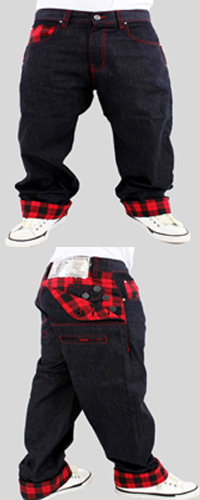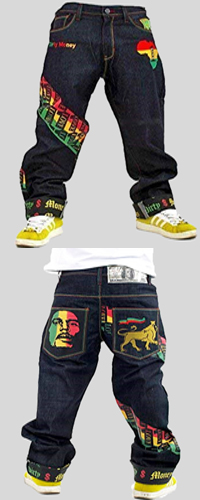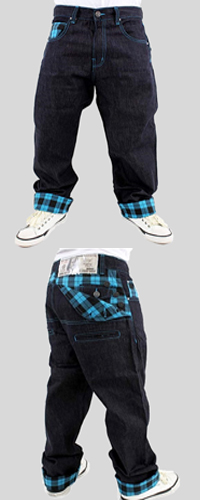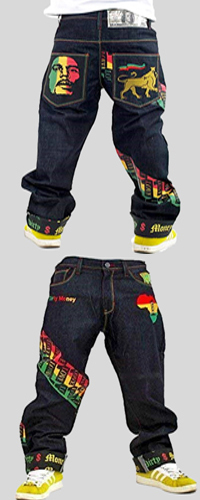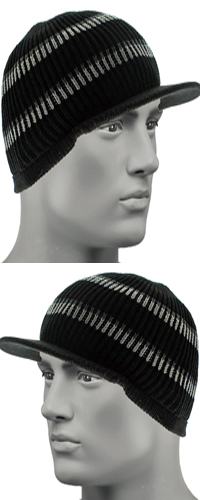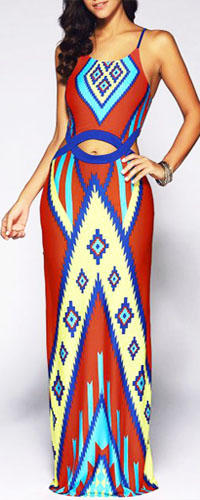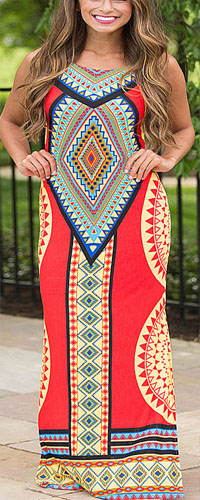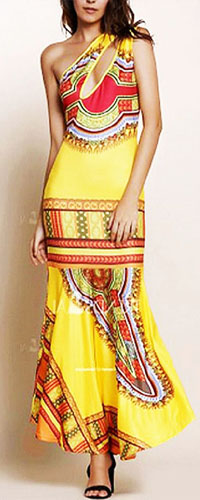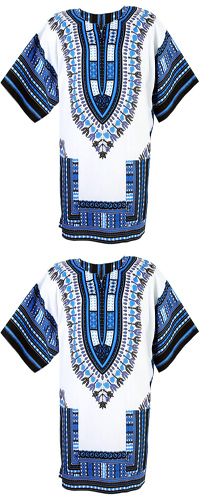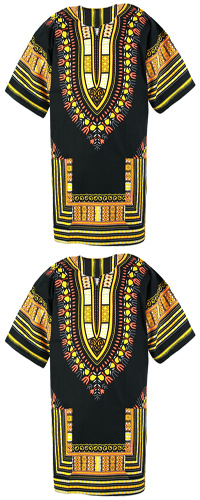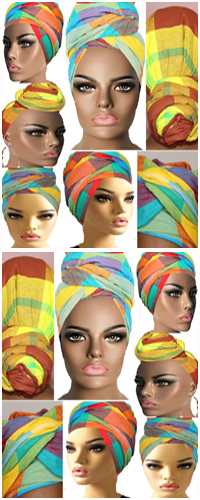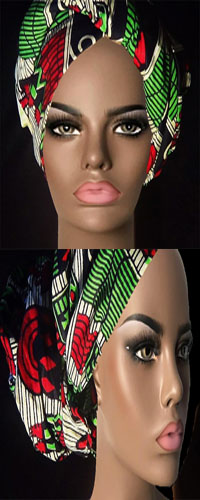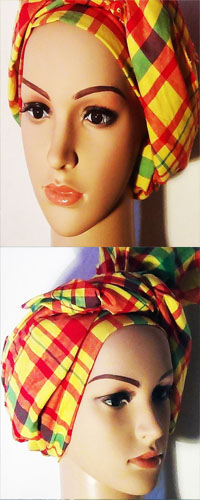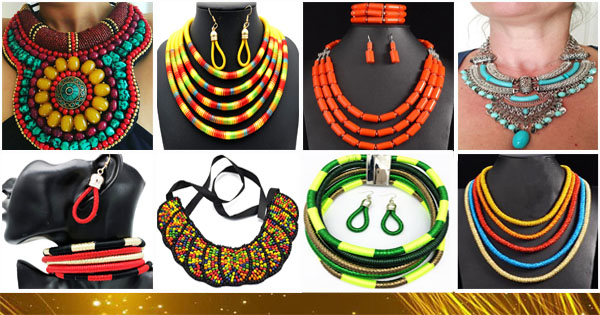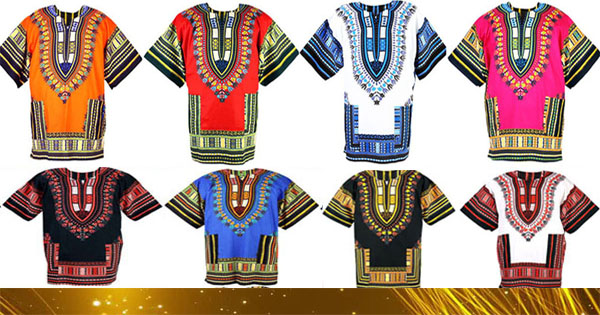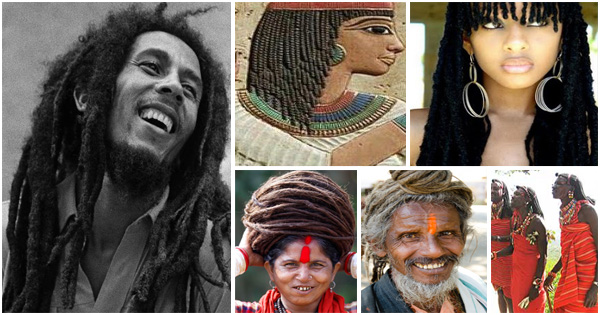
Dreadlocks in history: origin of Rasta hairstyle
Dreadlocks are an ancestral hairstyle, which has crossed civilizations. They are present in many countries of the world. Nicknamed “dreads”, “locks”, “rasta”, “Jata” in Hindi, dreadlocks have become an essential hairstyle.
But first, what are dreadlocks?
Dreadlocks are strands of hair, which tangle and form on their own if the hair grows naturally. Specifically, once the hair is not cut or brushed, it grows naturally, and begins to twist. Tangled hair thus forms dreadlocks.
- In ancient Egypt
The first traces of dreadlocks date back to ancient Egypt. Members of the Egyptian royal family and high political dignitaries wore this type of hairstyle, either naturally or in the form of a wig. Dreadlocks can be found on mummies of ancient Egyptians, wigs, statues and other objects.
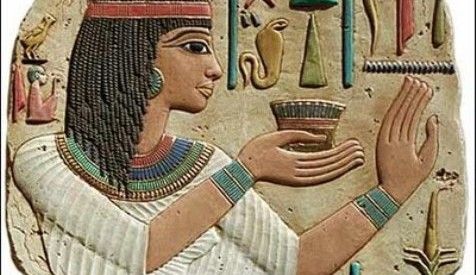
- In Asia
They are also very present in the Indian culture with the Vedism (Indian belief) and the Sâdhu. In Asia, particularly in China and India, dreadlocks were reserved for members of the noble society and ascetics. For example, in India, dreadlocks are (almost) exclusively reserved for people of faith, and shamans of many ethnic groups. Their hair forms a religious ritual and an expression of their belief. Wearing dreadlocks is supposed to bring good health and expresses domestic freedom and their attachment to the land.

An Indian “sadhu” in dreadlocks

ascetic hindu in dreadlocks
- In Mexico
Moreover, in the Mexican culture in the 4th and 7th century, the priests of the Aztec civilization also had dreadlocks. William Hickling Prescott described that he was received by six priests, to whom long, tangled loops floated disorderly over their dresses. »
- In Europe (Germanic, Viking, Greek, Celtic people)
This hair style is also found among Germanic peoples, Vikings, Greeks or Celts. According to Roman accountants, the Celts also wore dreadlocks, describing them as people with “hair like snakes.” According to one myth, the Vikings believed in a fairy who would tie up their hair at night, and then forbid themselves to comb it for fear of harm.
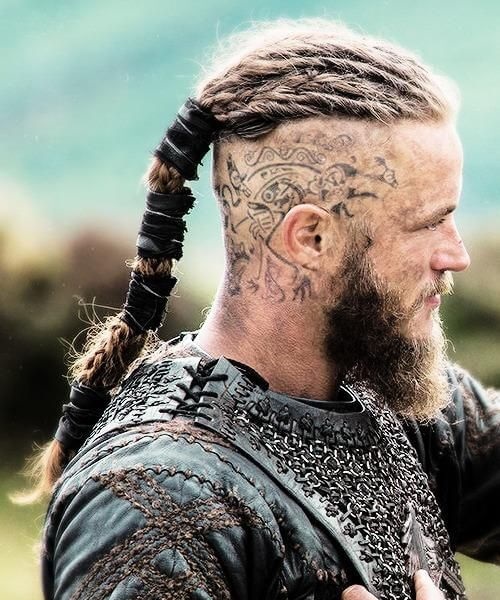
|
|
- In Africa
Many peoples in Africa (male or female), such as the Akan, Bantu, Masai, Fulani, Soninke, Okomfo (in Ghana), the Bono, Oromo, Galla tribes, the Coptic priests of Ethiopia “Bahatowie” wore dreadlocks. For them, locks had a strong racial or spiritual significance. For others, this headdress is a symbol of pride and ethnic glory by denying foreign values to the African people. The frizzy hair of these peoples made it easier to make locks that were formed naturally, or by manipulation.
For example, among the Wolof, locks headdresses were worn by kings and the warrior class of the Tiedos. In Senegal, the Baye Fall (followers of Mouridism, a brotherhood of Islam indigenous to the country that was founded in 1887 by Ahmadou Bamba), wear “ndiange” dreadlocks and multicoloured togas. Among the Maasai, locks were started from braids.
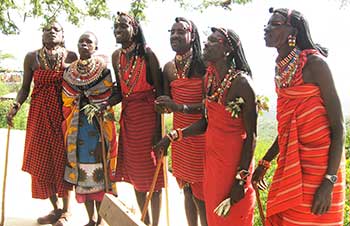
The Masai people with this kind of hairstyle
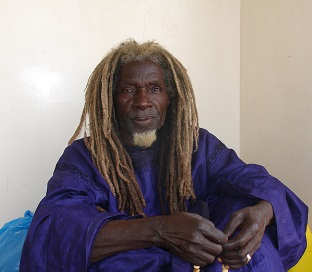
Baye Fall with dreads
- In the Bible “the Holy Scriptures”
The Bible regularly refers to dreadlocks, notably by John the Baptist and especially by Samson who wore seven dreadlocks and lost his legendary strength when they were cut. The Nazarites of Judaism, the Devriches, King Solomon’s soldiers and Christian monks also wore this style of headgear.
- In Jamaica with the Rastafari movement
Closely associated with the Rastafari “rasta” movement, the wearing of dreadlocks is a symbol of inner spirituality and deep religious beliefs. However, it has various meanings and theories.
Firstly, the word dread in the movement refers to a fear of God (dread of God, fear of God) and the holy scriptures. The Holy Scriptures have many more or less explicit references to dread. To conform to the principles enacted in the Numbers (“You shall not cut the corners of your hair round in the round, nor shave the corners of your beard.” (Leviticus 19-27) The priests shall not make tonsure on their heads, nor shave their heads. corners of their beard and they will not make an incision in their flesh “(Leviticus 21-5)” During the time of his Nazirite, the razor will not pass over his head; until the completion of the days for which he consecrated himself to the Eternal, he will be holy, he will let his hair grow freely. “(Numbers 6-5)
Rastas wear dreadlocks and do not shave their hair or beard. In their beliefs, they refer to the lion of Judah, which appeared in the centre of the Ethiopian flag.
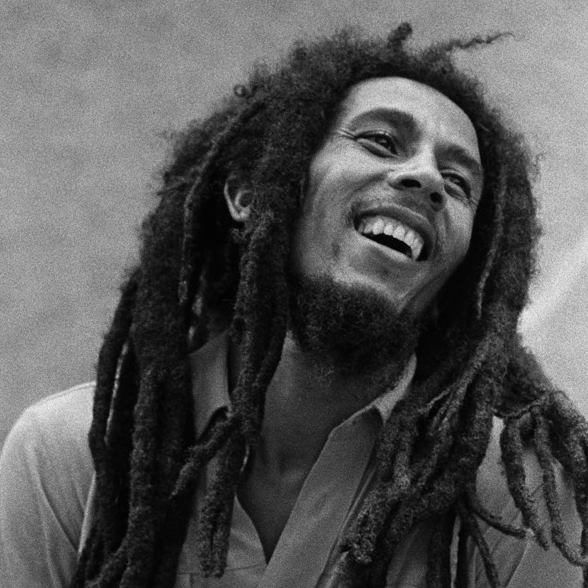
Bob Marley, true reference with dreadlocks
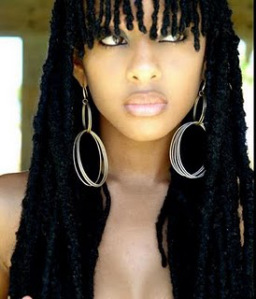
Nerrisa, a Jamaican beauty in Dreadlocks
.For them, it is an emblematic animal of Ethiopia, a symbol of courage and strength. They are also related to Haile Selassie I, Emperor of Ethiopia, who is for them a descendant of King Solomon and the Queen of Sheba. Leonard Howell’s “Ethiopian Warriors” let their hair grow to create a frightening effect in the face of the enemy.
It’s very important for the Natty Dreads:
to maintain an elective relationship with Africa.
The descendants of the victims of slavery need to reappropriate their history and pride in being black men, to see Africa as the original land, the land of the ancestors from whom they were dispossessed.
Marcus Garvey’s “BACK TO AFRICA” movement, Leonard Percival Howell’s sermons, and Emperor Haile Selassie are having a strong impact in the Rasta community. Proud of their African origins, Marcus Garvey’s return to Africa rings clearly in their minds with values of freedom from suffering, peace and hope.
_ Haïlé Sélassié showed his gratitude by making a memorable trip to Jamaica in 1966 where, in a speech, he exclaimed:
Don’t return to Africa until you have liberated all oppressed Jamaicans in their country. ». »
In addition, Haïlé Sélassié decided to offer land in Ethiopia called “Shashamane” to all members of the black diaspora who wish to return to Africa through the Ethiopian World Federation (EWF). He took this opportunity to warmly thank the Black Americans and Caribbean. The land of the name “Shashamane” has thus become for some Rastas the symbol of repatriation to Africa.
We can clearly see in Rastafarian culture, the duality between Nature / Culture and Zion and Babylon. For the Rastas, combing or straightening their hair meant that one remained marked with the seal of Western civilization.
A second meaning is similar to the dreadlocked activists feared “Mau Mau. “The Mau Mau are a rebel group, led by Jomo Kenyatta, who fiercely opposed British colonialism in Kenya in the 1940s. These fighters wore dread dreads as a symbol of fear for the settlers, who saw them. More precisely, the dreads are terrible, horrible for the Babylonians, but beautiful and symbolic for the rasta. It’s a symbol here of clear rebellion against growing imperialism.
Others think that dreadlocks appeared in Jamaica with the immigrant Indians, who had locks sometimes up to three metres long! Joseph Nathaniel Hibbert (of the Rastafari movement) explained that there was a small group of Rastafarians called “Jatavi” in the mid-1930s who had dreadlocks.
With the growing popularity of reggae with singer Bob Marley, the Dreadlocks became a real phenomenon and will forever remain a timeless hairstyle.
- Among nationalists and anti-globalists
Some nationalists or pan-Africanists wear locks, which are a means of expressing their opinion, unity and rejection in the face of racist oppression. It becomes a political statement or even a manifestation of different ethnic pride.
In the West, with the rise of reggae, many anti-globalization groups or environmental activists wear this kind of headgear.

|
|
